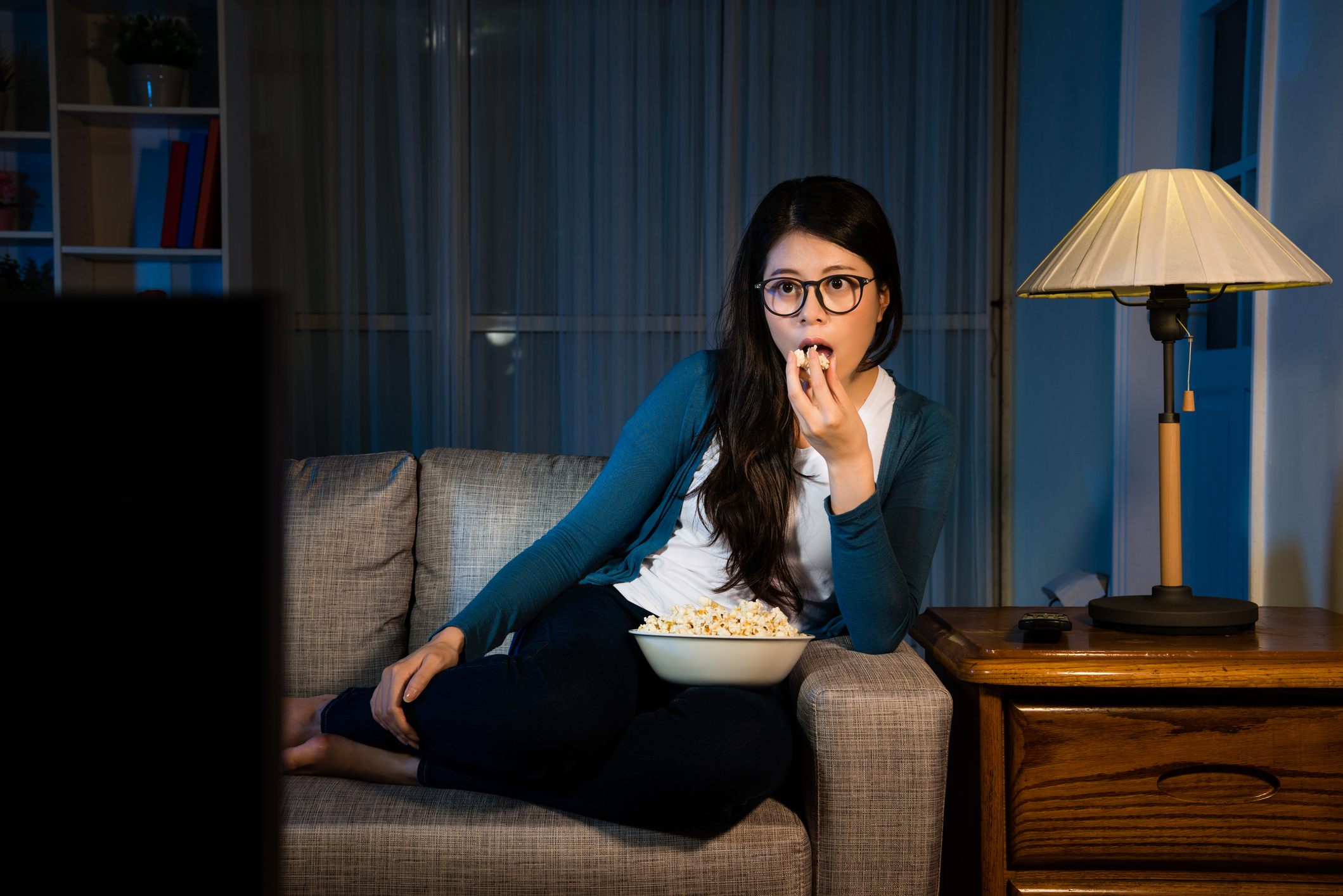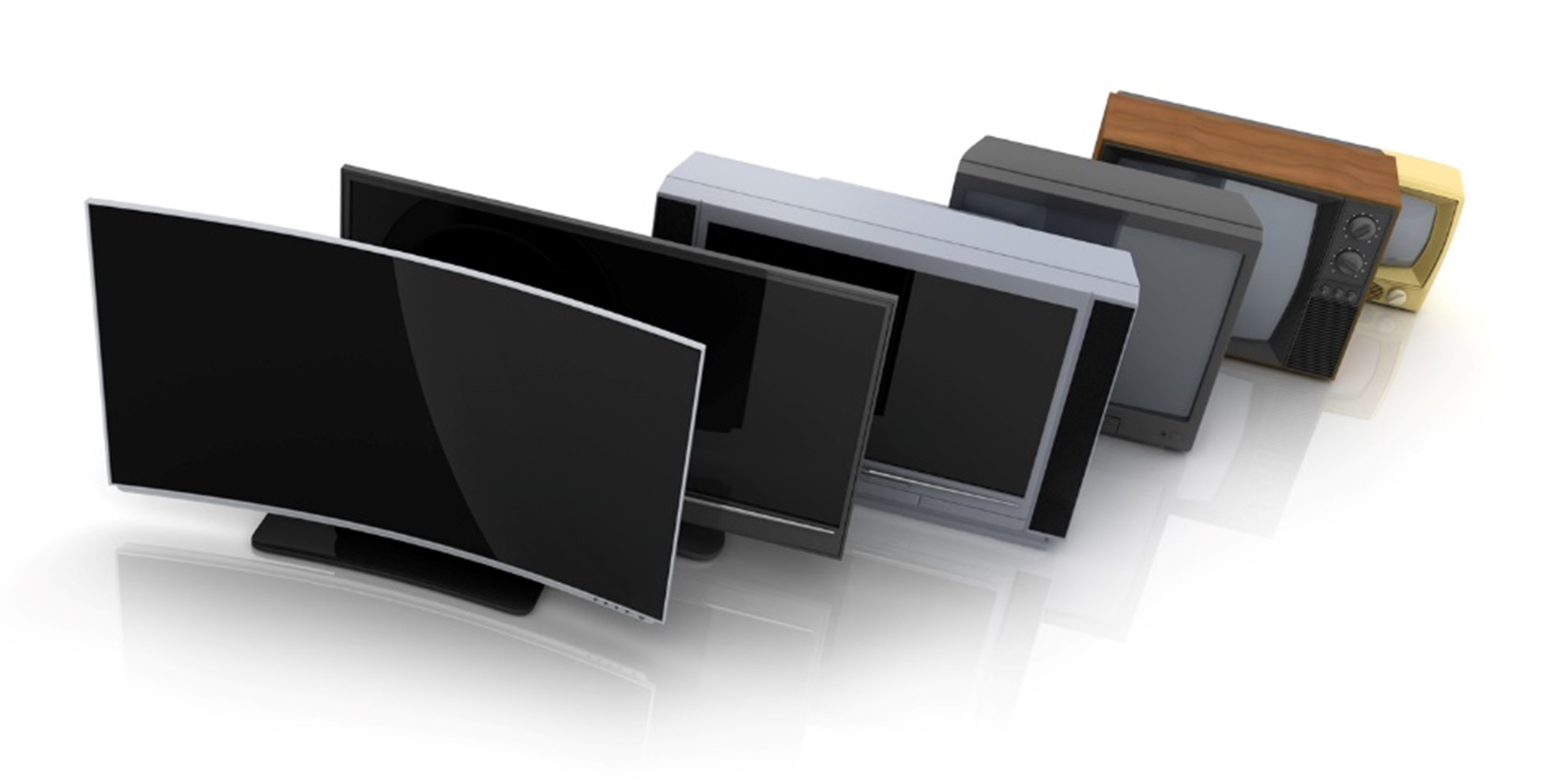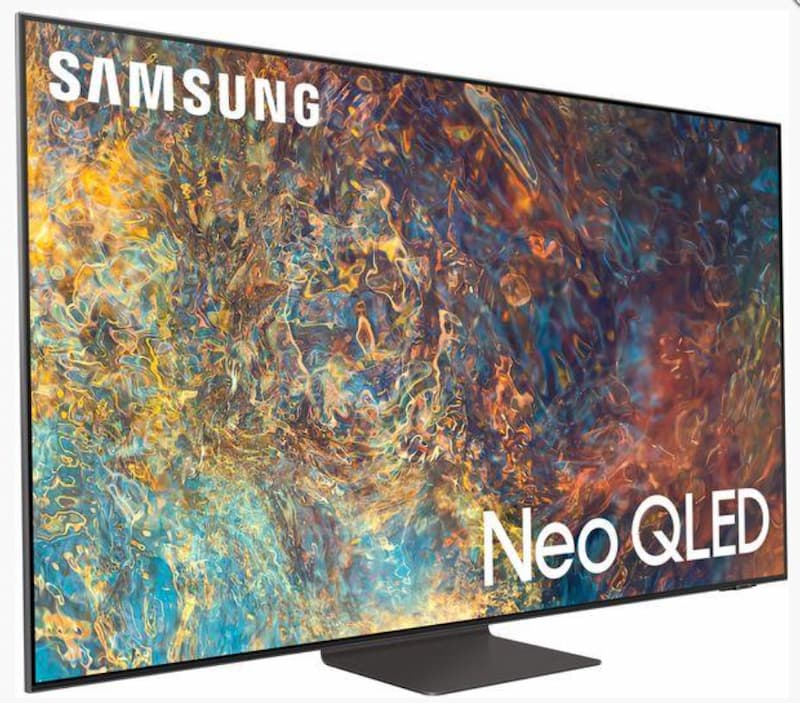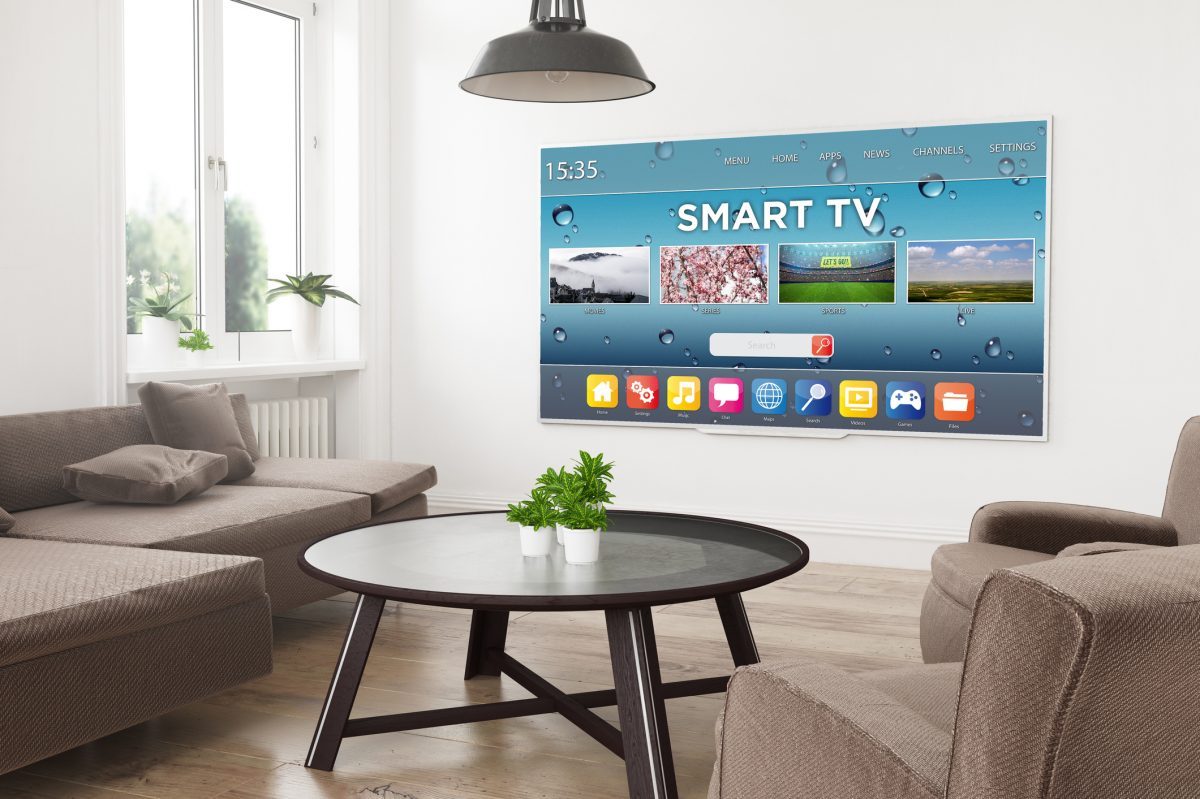Pixels are an incredible part of the history of the television that deserves a better understanding. Pixels are an important word in the English language today, referring to the quality of a television’s image, photography and image compilation, and it’s even the name of a popular brand of phone. In this blog, we’re illuminating the history and development of the pixel.
What Is a Pixel?
At its most basic, a pixel, in terms of television vocabulary, is a small section on your screen that is part of a bigger picture. The images on your television are created by hundreds or thousands of tiny dots flashing in different colours. An individual dot is a single pixel, and when these pixels are controlled by a tiny computer in your television telling them what colours to make, they organise themselves to create the images and videos you see on your television.
What Does ‘Pixel’ Mean?
The word ‘pixel’ is derived from two words, ‘pictures’ and ‘element’. The word ‘pictures’ is regularly shortened to ‘pics’, and after being referred to as ‘pics element’ for a while, the two words became one as ‘pixel’.
A pixel may also be abbreviated to ‘px’, especially in graphic design where images need to retain their size, irrelevant of the size of the screen they are going to be shown upon. This enables artists and web designers to ensure that certain features or images don’t appear stretched or squeezed on monitors of alternate sizes.
Bits Per Pixel
The number of colours that a pixel can display depends on how many ‘bits’ there are. Bits refer to the distinct colours in a pixel, starting at one bits per pixel (1bpp) referring to two possible colours, 2bpp referring to 4 possible colours, 3bpp referring to 8 possible colours, and so on.
The highest colour variation currently used in screen display technology is 24 bpp which has the potential to show over 16 million colours and is advertised by the industry as ‘Truecolor’.
Pixels in CRT Screens
Pixels in CRT screens worked a bit differently. A typical CRT display has an output of 480p for its resolution, which is low. Instead of rows and rows of individual pixels, CRTs used lines. These lines were constructed with cathode-ray tubes (CRTs) which fed the image onto the screen in lines.
CRT screens functioned by coating the screen in electrons which have previously been given individual coats of red, green or blue phosphor. Inside the TV are one or more electron beams (often three in red, blue and green light) which are deflected across the television screen using magnets to ensure that the beam illuminates the correct part of the screen and this causes the phosphor-coated electrons to glow in the correct colour, depending on the speed of the beam.
For example, a low-speed frequency emitted by the electron beam will cause the red phosphor to glow, whereas a high-speed beam will activate the blue phosphor in that area. The image is built onto the screen as the electron beam moves across the glass in lines, adjusting the speed of the beam to activate different colours along that line.
Pixels in LED Screens
LED screens use more modern technology to create their images. Unlike the CRT which constructs its image a line at a time, LED TVs have light-emitting diodes dispersed around the edges of the screen, or coating the back of the screen in both horizontal and vertical lines, to provide an image with greater detail and less noticeable gaps between colours and areas of light. This meant that the number of areas on the screen that could be individually coloured increased, which permitted televisions to offer bigger and better images in 720p resolutions.
Pixels in 4K Screens
The future of pixels is that they are getting even smaller, allowing our televisions to display pictures with greater details and colours. A 4K screen uses the same technology as an LED screen – tiny light-emitting diodes coat the back or edges of the screen to produce individual colours on the screen – but in a 4K TV, there are thousands more pixels than in a 720p screen.
A 720p standard LED television, for example, has a horizontal pixel count of 1,280px, but a 4K TV has 3,840px on each line. With improved colour technology, modern pixels also contain more ‘bits per pixel’ (colours) too. We have deals on cheap 4K TVs so that you can enjoy all 8,847,360 pixels available on a 4K screen from your own home.
The future has even more pixels per TV in it; 8K screens are on the horizon and will be in many British homes by the end of the decade, with a total number of pixels exceeding 30 million. You can keep an eye on the best cheap TV deals for modern televisions on our website.








